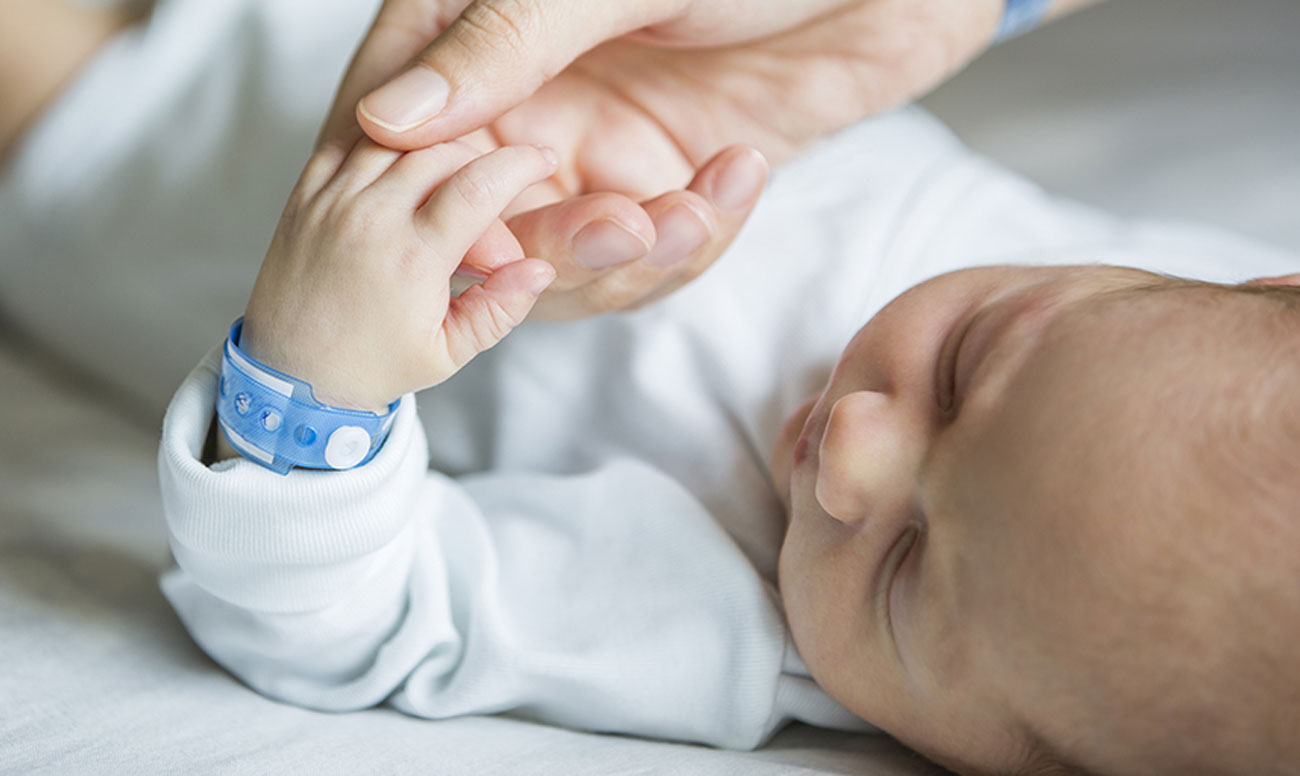
Assisted Reproduction
Assisted Reproduction: Infertility specialist talks about IUI, IVF, and ICSI
Infertility can be a difficult issue to grapple with, especially for women who have to bear the brunt of the stigma that is associated with it. For couples who cannot conceive naturally, there are options like adoption or assisted reproduction. However, even when couples decide to use methods of assisted reproduction like in vitro fertilisation (IVF), there are a lot of misconceptions about it, making it harder for them to make informed decisions.
Femoai spoke to infertility specialist, gynaecologist, and obstetrician Dr. Arockia Virgin Fernando (consultant with Practo) about infertility, what it means, the reasons behind it, diagnosis, and assisted reproduction. In the second part of the interview, we talk about the diagnosis of infertility and the methods of assisted reproduction.
WHAT DOES THE DIAGNOSTIC EVALUATION FOR INFERTILITY ENTAIL?
First, we conduct an ultrasound scan on women to check their ovaries — whether they are in the right position; normal in size; if they have enough eggs; and is the uterus in a normal position, and are there any other abnormalities. Some women might have fibroids (benign tumours) in the uterus, or swelling. Often, women who are older than 32-33 have fibroids, and for some it can interfere in pregnancy, it can prevent a conception. Secondly, we conduct a Hysterosalpingography (HSG) to determine if there is blockage in the tubes. This also helps in determining if the tubes are of a normal size.
We also conduct a normal physical examination of the breasts, a thyroid exam, as well as a vaginal examination, which is important to detect other problems like cancers as well as infections. These are very common causes for infertility. In fact, when women come for infertility diagnosis, we are even able to identify early stage cancers.
WHAT ARE THE TESTS THAT MEN HAVE TO UNDERGO?
For the men, initially we do a general blood test to check diabetes, and a thyroid exam. We also conduct a general health check up, as well as tests to detect their viral markers like HIV (human immunodeficiency virus), HPV (human papillomavirus) or hepatitis B tests. There will also be a semen analysis.
If we find any abnormality there, then we refer them to a UroAndrologist who can examine them for the causes behind low sperm count. Some men have a varicosity in the scrotum, which is similar to varicose veins. The scrotum has a high blood supply, and blood vessels or veins can become swollen like varicose veins. It can increase the temperature of the scrotum and kill the sperm. It is a very common reason for infertility and has to be examined immediately.
For men, there also has to be a general examination to see hormonal abnormality. Some men are born with genetic problems, which can lead to no sperm production. They might have a normal sexual life but there is a maturation arrest, which means that the sperm doesn’t attain maturity and doesn’t come out. They don’t have sperm in their semen. This issue can be passed on to their children.
There are also a lot of genetic issues related to fertility, we call them chromosomal problems or genetic duplications. Because of that couples don’t conceive or they abort. If there is a genetic problem, we can use in vitro fertilisation or IVF. In IVF we do a biopsy of the embryos to do a Preimplantation Genetic Diagnosis (PGD). This means we test the embryo even before it is in the womb. We test whether the embryo has the same genetic abnormality. In that way IVF helps a lot because we can detect problems early. Genetic issues form about 10% of the problems with infertility.
TALK TO US ABOUT ASSISTED CONCEPTION, HOW DO VARIOUS METHODS SUCH AS IUI AND IVF WORK?
After we do a basic evaluation of the man and the woman. We put them on something called ovulation induction (OI). We use medication to make women ovulate. Some women may not be ovulating, while others who may ovulate, are able to ovulate better with medication. Under OI, we put women on medication, do follow ups to determine how their eggs are developing, and suggest a time frame for having sex, called timed intercourse. This increases the chances of pregnancy.
The other option is intrauterine insemination (IUI). This is useful when there is poor-quality cervical mucus, which can interfere with the woman’s chances of getting pregnant. In these cases, IUI can help. For this, we take a semen sample from the man and process it. It is inseminated inside the uterus when the woman is ovulating. This increases the odds of conception increase by about 10-15%. Usually, the chance of success in a cycle in a month is about 15%. With IUI, it goes up to about 20-25%. Whatever happens inside is natural, we only inseminate the sperm, the joining of the egg and fertilisation etc happens naturally.
This also helps us take out the poor quality sperm and use only the good quality sperm, as well as time it better. Many couples are considered infertile or sub-fertile because they don’t try at the right time. In cases where the man’s sperm is completely nil or not enough, we cannot do an IUI. For this, we recommend a donor insemination or third party conception. We procure a donor sperm and we use it for intrauterine insemination, with the partner’s consent.
In vitro fertilisation (IVF) is another common method, it literally means fertilisation outside the body. We mimic the environment inside the fallopian tube. A few million sperms and a few eggs are put in a petri dish and left to fertilise. The fertilised egg (embryo)/eggs (embryos) is then transferred to the uterus.
In the case of male infertility, we use something called intracytoplasmic sperm injection (ICSI). In ICSI, the head of the sperm is directly injected into the egg. This is kept in the incubator till it becomes an embryo. The best embryos are frozen and transferred into the uterus.








